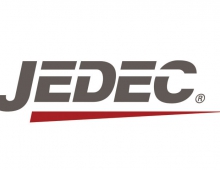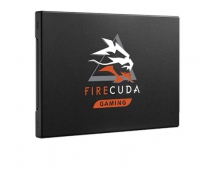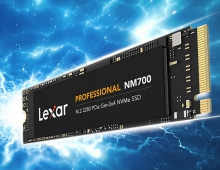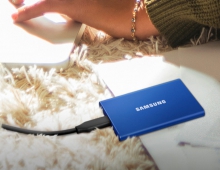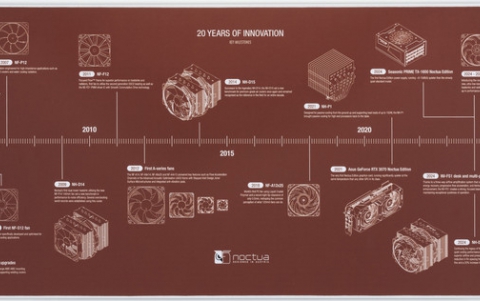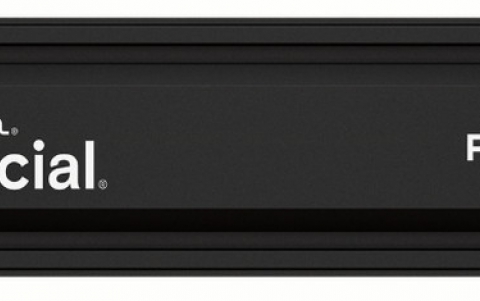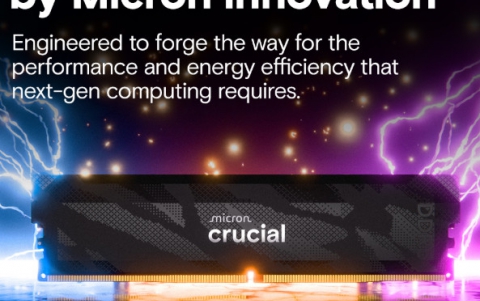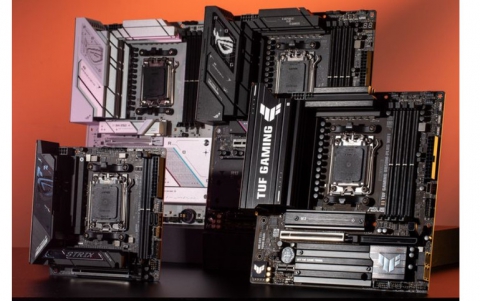OCZ Vertex 4 128GB review
1. Features
Last year OCZ Technology acquired SSD controller maker Indilinx. Some months later the company launched its first post-acquisition SSD based on Indilinx silicon, the Octane series. Currently OCZ is offering the Vertex 4, an SSD based on its Indilinx Everest 2 silicon.
With the Vertex 4, OCZ is releasing an SSD without a SandForce controller inside, unveiling that the future for the company is Indilinx.
We expect to se the Vertex 4 to perform better than the OCtane. Although they both use 25nm IMFT MLC NAND, their firmware is different, with minimal shared code between the two series. We also expect the Vertex 4 to offer high random write performance regardless of the nature of the data (compressible or incompressible), as the company promises.
The Vertex 4 is available in capacities of 128GB, 256GB and 512GB. MSRP is competitive with other 6Gbps drives on the market today. You'll have to spend $130 for the 128GB version, $220 for 256GB and $580 for 512GB.
OCZ is also offering an 64GB version of the drive that can be used as a cache drive along with your HDD. This one retails online for $80.
The Vertex 4 series is backed by a 5-year warranty.
We have in our labs the Vertex 4 SSD 128GB (#VTX4-25SAT3-128G), which promises to offer sequential reading / writing speeds of up to 550MB/s / 420MB/s, along with impressive random read/write performance, as you see in the following table.

Specifications |
||||
| Performance | 64 GB | 128 GB | 256 GB | 512 GB |
| Sequential Reads1 | 460 MB/s | 550 MB/s | 550 MB/s | 550 MB/s |
| Sequential Writes1 | 220 MB/s | 420 MB/s | 465 MB/s | 475 MB/s |
| Random 4k Read IOPS2 | 70,000 IOPS | 90,000 IOPS | 90,000 IOPS | 95,000 IOPS |
| Random 4k Write IOPS2 | 50,000 IOPS | 85,000 IOPS | 85,000 IOPS | 85,000 IOPS |
| Maximum IOPS3 | 85,000 IOPS | 120,000 IOPS | 120,000 IOPS | 120,000 IOPS |
| 1. Maximum sequential speeds are determined using ATTO, 2. Small file I/O performance is measured using IOMeter 2010 3. Maximum I/O performance is measured using IOMeter 2010, 512 bytes Random Current performance specs reflect update to firmware v1.4 |
| Physical | |
| Usable Capacities (IDEMA) | 64GB, 128GB, 256GB, 512GB |
| NAND Components | 2Xnm Synchronous Multi-Level Cell (MLC) |
| Interface | SATA III / 6Gbps (backwards compatible with SATA II / 3Gbps) |
| Form Factor | 2.5 Inch |
| NAND Controller | Indilinx Everest 2 |
| DRAM Cache | Up to 1GB |
| Dimensions (L x W x H) | 99.8 x 69.63 x 9.3 mm |
| Reliability/Protection | |||
| MTBF | 2 million hours | ||
| Data Path Protection | ECC corrects up to 128 random bits/1KB | ||
| Data Encryption | 256-bit AES-compliant, ATA Security Mode Features | ||
| Product Health Monitoring | Self-Monitoring, Analysis and Reporting Technology (SMART) Support | ||
| Environmental | |
| Power Consumption | Idle: 1.3 W Active: 2.5 W |
| Operating Temperature | 0°C ~ 70°C |
| Ambient Temperature | 0°C ~ 55°C |
| Storage Temperature | -45°C ~ 85°C |
| Shock Resistance | 1500G |
| Compatibility | |
| Serial ATA (SATA) | Fully compliant with Serial ATA International Organization: Serial ATA Revision 3.0. Fully compliant with ATA/ATAPI-8 Standard Native Command Queuing (NCQ) |
| Operating System | Windows XP 32-bit /64-bit; Windows Vista 32-bit / 64-bit; Windows 7 32-bit / 64-bit; Linux; Mac OS X |
| Additional Features | |
| Performance Optimization | TRIM (requires OS support), dynamic and static wear-leveling, background garbage collection, Indilinx nDurance 2.0 Technology to extend SSD lifespan |
| Other Performance Features | Ndurance 2.0 Technology (Reduced Write Amplification without Compression, Advanced Multi-Level ECC, Adaptive NAND Flash Management) |
| Service & Support | 5-Year Warranty, Toll-Free Tech Support, 24 Hour Forum Support |
| 64 GB | 128 GB | 256 GB | 512 GB | |
| Part Number | VTX4-25SAT3-64G | VTX4-25SAT3-128G | VTX4-25SAT3-256G | VTX4-25SAT3-512G |

